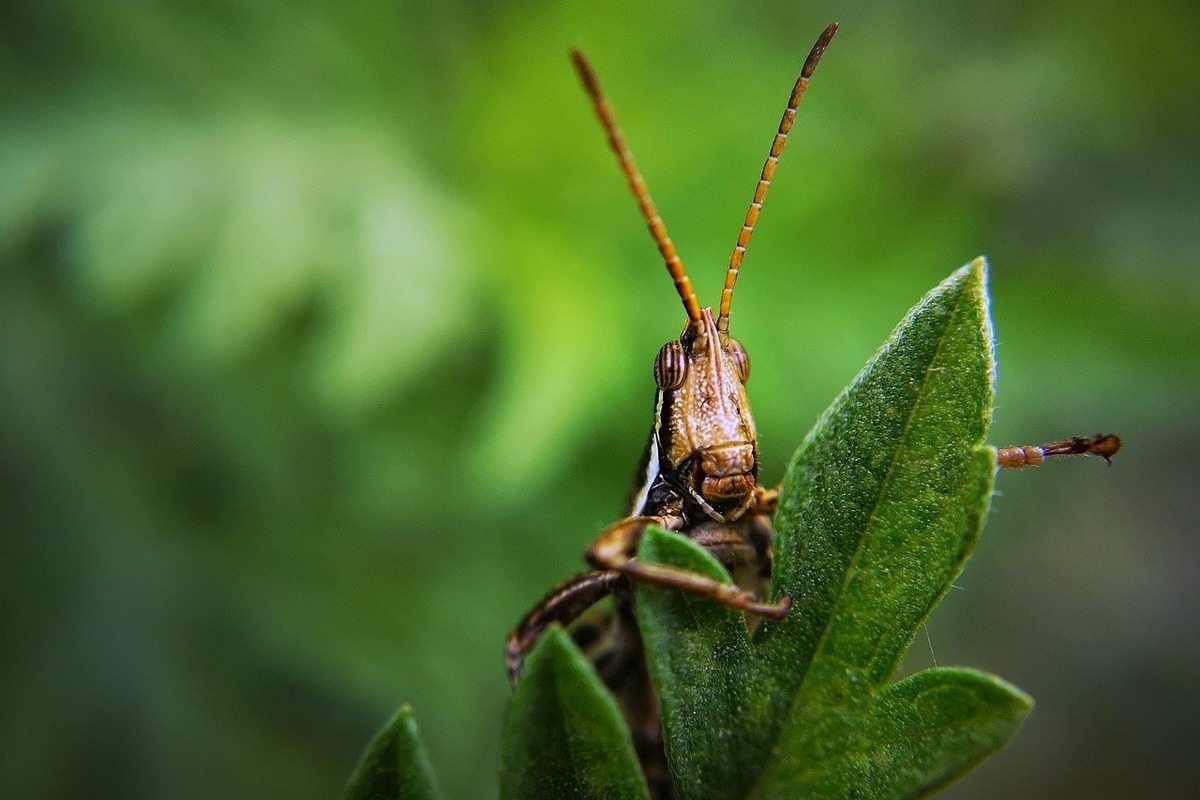Climate change linked to the threat of the world’s most destructive pest
[ad_1]

Experts from the National University of Singapore say strong winds and rain could lead to larger outbreaks of desert locusts, and human-caused climate change is likely to worsen weather conditions and increase the risk of such outbreaks, the Daily Mail writes.
Worryingly, researchers warn that these processes could have a devastating impact on the global food chain.
“Failure to address these risks could further strain food production systems and worsen global food security,” said Xiaogang He, author of the study.
As the Daily Mail explains, desert locusts are migratory insects that travel in swarms of millions over long distances and damage crops, causing hunger and food insecurity.
A square kilometer swarm of 80 million insects can destroy enough food crops to feed 35,000 people in a single day.
The study, published in the journal Science Advances, said these outbreaks will become “increasingly difficult to prevent and control” in a warming climate.
To assess the risk of locust outbreaks in Africa and the Middle East and the link to climate change, scientists analyzed desert locust outbreaks from 1985 to 2020 using the Locust Hub data collection tool of the Food and Agriculture Organization of the United Nations.
The researchers created and used a data-driven system to study insect behavior to find out what might cause outbreaks over long distances. They found that 10 countries, including Kenya, Morocco, Niger, Yemen and Pakistan, experienced the most locust outbreaks among the 48 affected countries.
The worst outbreak of desert locusts in 25 years hit East Africa in 2019 and 2020, when the insects devastated hundreds of thousands of acres of farmland and damaged crops, trees and other vegetation, affecting food security and livelihoods.
The researchers also found a strong connection between the size of desert locust outbreaks and weather conditions on land, such as air temperature, precipitation, soil moisture and wind.
Desert locusts are more likely to infest dry areas that experience sudden extreme rainfall and weather conditions greatly influence insect numbers during an outbreak.
El Niño, a recurring natural climate phenomenon that influences weather around the world, is also closely linked to larger and worsening desert locust outbreaks.
University of Delaware entomology professor Douglas Tallamy, who was not involved in the study, said erratic weather and precipitation causes vegetation surges and therefore contributes to huge increases in locust populations.
“As such variability increases, it is logical to predict that locust outbreaks will also increase,” he said.
The study found that particularly vulnerable areas such as Morocco and Kenya remain at high risk, but locust habitats have expanded since 1985 and their numbers are predicted to continue to increase by at least five percent by the end of the 21st century, as expected in western India and western central Asia.
The study cites the example of the Rub al-Khali, or Empty Quarter, a desert in the southern Arabian Peninsula, as a place that was historically rare for desert locust outbreaks but has since become a hotspot.
In 2019, the desert experienced locust outbreaks after uncontrolled breeding following cyclones that filled the desert with freshwater lakes.
Large locust outbreaks can have huge financial consequences. The response to the locust outbreak, which occurred in West Africa between 2003 and 2005, cost more than $450 million, according to the World Bank.
It said the outbreak caused approximately $2.5 billion in crop damage.
[ad_2]
Source link








